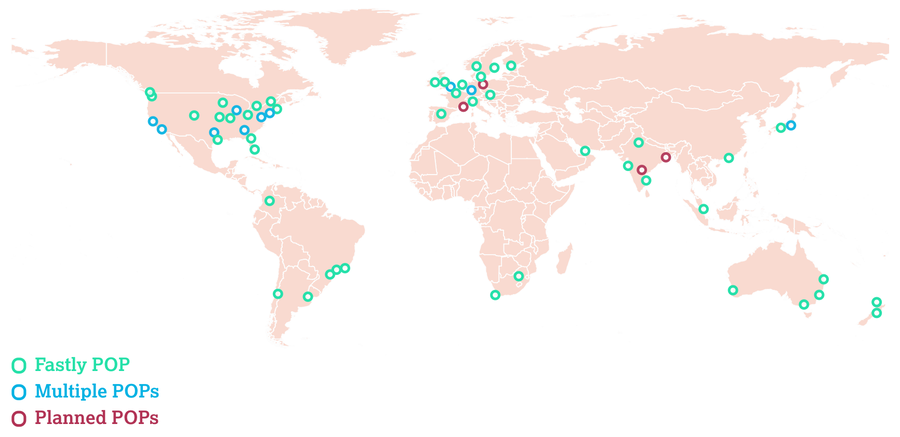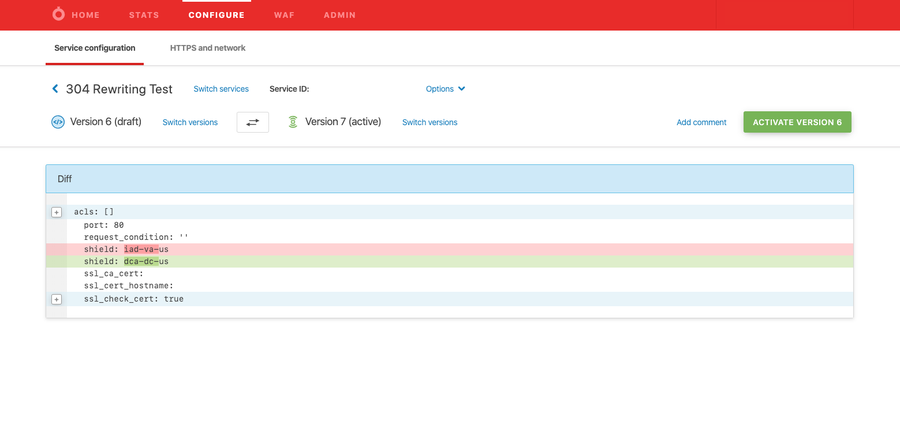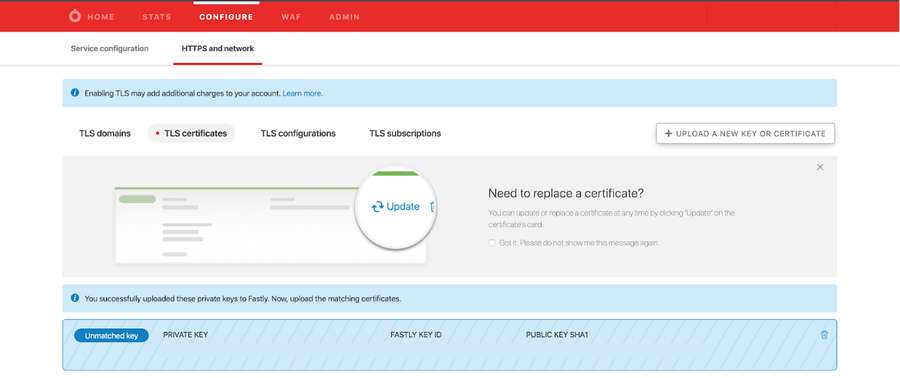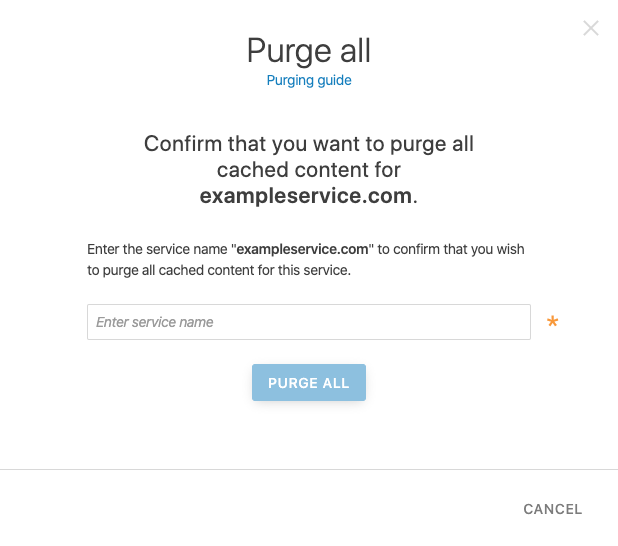Q1 2020
Hi Fastly customers + friends,
The beginning of this year has been quite a whirlwind, but our teams are working hard to bring new products and capabilities to our customers. We began 2020 by launching Origin Connect and Cloud Optimizer as we continually strive to improve performance and reliability. We also enabled Force SSO with SAML, adding another layer of security to our platform, and Image Optimizer, a feature built to Auto Optimize and reduce individual image analysis. On the logging front, we moved Elasticsearch to General Availability and several other endpoints to Limited Availability. We also continue to improve our Varnish stack. For more information on recent releases, continue reading below.
Network Updates: 72 POPs, 88 Tbps of edge capacity
We now operate 72 global POPs and recently deployed sites in Ashburn, Chicago, Kansas City, and St. Louis. Our additional sites and upgraded POPs extend our total connected edge capacity to 88 Tbps as of March 31, 2020.

Origin Connect
Fastly launched Origin Connect, allowing customers to set up a direct fiber connection between their origin servers and their Fastly Shield POPs. Origin Connect helps customers reduce their transit cost, improve reliability, and enhance the performance of pushing content to Fastly. Origin Connect is particularly useful for customers pushing high volumes of traffic towards Fastly from their origin servers, typically video-on-demand, media, or streaming customers.
Cloud Optimizer
In January, Fastly launched Cloud Optimizer, an offering to help customers, within a multi-CDN or multi-cloud environment, cut costs by placing Cloud Optimizer between their existing CDN and origin. Customers can add additional capabilities such as request collapsing, real-time logging, load balancing, and improved caching without rearchitecting their infrastructure.
Force SSO w/ SAML
In March, Fastly enabled Force SSO (single sign on) to help our customers maintain a secure platform by requiring users to log in to Fastly via their Identity provider. In the Fastly UI, Superusers can enable Force SSO.
VPN & Proxy Detection
Virtual private network (VPN) and proxy detection is now in General Availability. This enhancement to our existing geolocation feature enables customers to identify users trying to circumvent geofencing restrictions. Customers can then use VPN and proxy traffic data to redirect or block users. This feature serves customers wanting to enforce geographical restrictions on content and uncover insights about end user traffic.
Image Optimizer - Auto Optimize
On March 2nd we released an additional feature for Image Optimizer: Auto Optimize. This new feature automatically applies optimal quality compression, letting developers specify a rating of high, medium, or low to produce an output image with maximum visual fidelity and minimal file size. This diminished the need to individually analyze every image, and saves customers bandwidth.
Logging Endpoints
As of March 31st, Fastly now supports four new logging endpoints: Elasticsearch, New Relic Logs, Google Pub/Sub, and generic HTTPS. Elasticsearch, which we began supporting in Limited Availability in October, is now in General Availability.
Elasticsearch General Availability: We added two additional capabilities for Elasticsearch, based on customer requests during Limited Availability: Pipeline Support and the ability to separate an index namespace based on date.
Google PubSub Limited Availability: Allows for secure message exchange between independently written Cloud applications, among other things.
New Relic Limited Availability: Offers a fast, scalable log management platform, connecting your log data with your New Relic data.
Generic HTTPS Limited Availability: Allows logs to be sent to any of your HTTPS endpoints that accept data enclosed in the body of the request message.
Product Experience
VCL Diff: We improved the VCL Diff experience by collapsing unaltered code and only highlighting the changes, making them easier to identify and eliminating the need to scroll through the full text. We also improved the Diff header experience, allowing users to easily activate old versions.

TLS replacement interface: A helper was added to the HTTPS and network interface to reduce confusion and provide guidance on how to replace a certificate.

Purge all interface: We added an additional layer of validation to the Purge All experience by asking customers to type in the name of the service before purging the cache. This experience was implemented to help customers avoid purging all cached content from their service when they intend only to purge specific content.

Varnish & VCL Updates
Although none of the Varnish updates in Q1 2020 resulted in new customer-facing changes, Fastly implemented numerous performance, scaling, tooling and foundational improvements that were focused on supporting our continued expansions in both scale and future functionality.